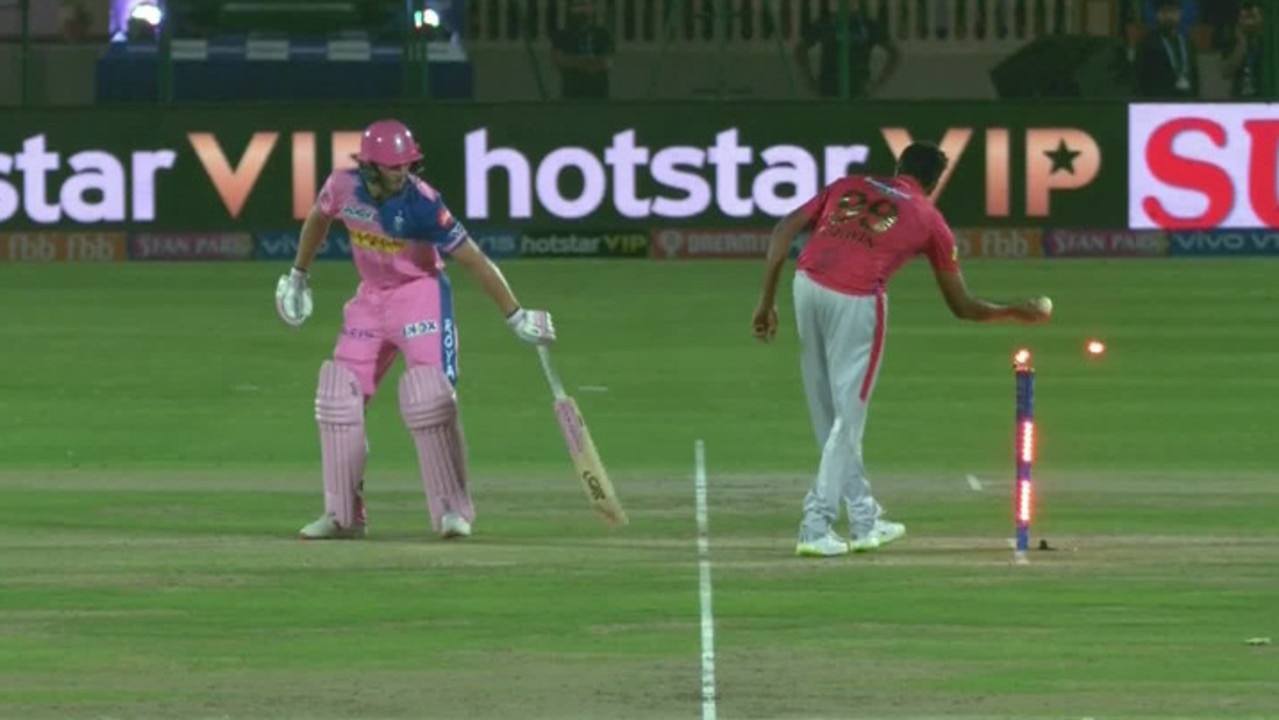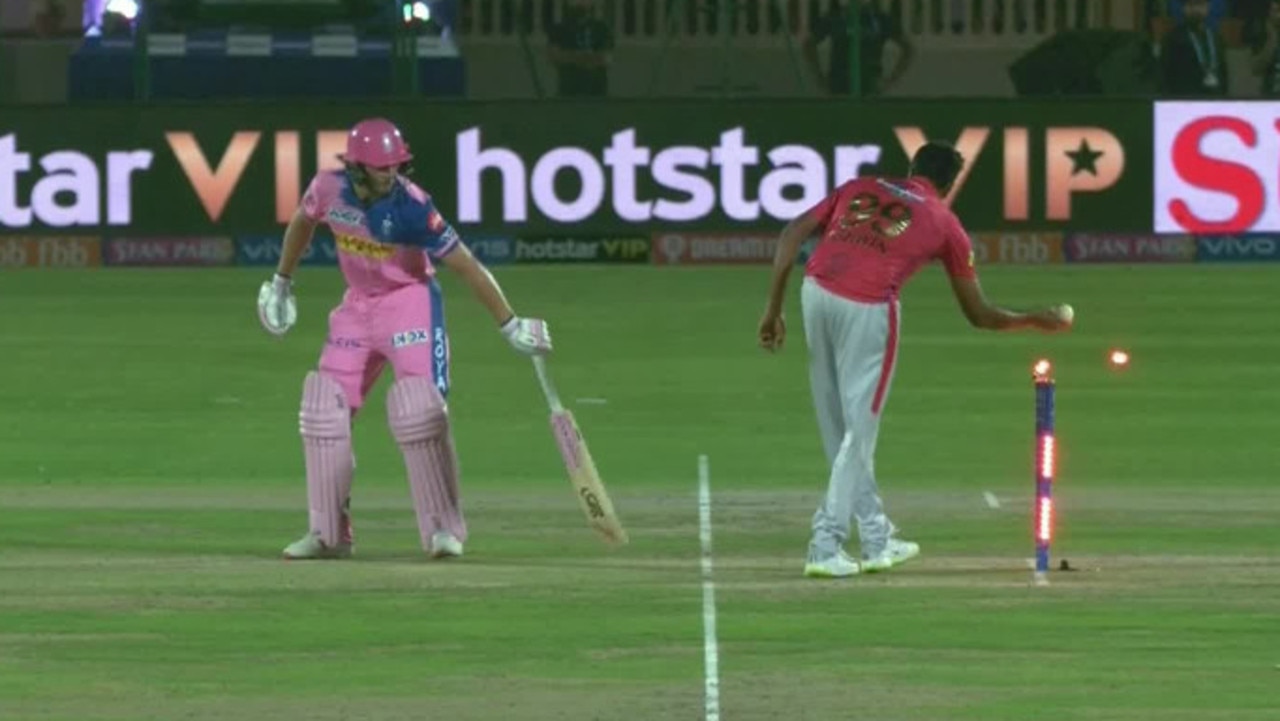Mankads no longer deemed ‘unfair’ as cricket announces rule changes
Cricket’s almighty lawmakers have introduced several rule changes, with one update officially putting an end to the “Mankad” debate.

Marylebone Cricket Club, the sport’s custodians and lawmakers, have introduced several rule changes designed to “shape the game of cricket as it should be played”.
The MCC Laws sub-committee recommended several changes to the Laws, which were approved at the Main Committee meeting last week. However, the rule changes will not come into force until October.
“Since the publication of the 2017 Code of the Laws of Cricket, the game has changed in numerous ways,” Fraser Stewart, MCC Laws Manager, said in a statement.
“The 2nd edition of that Code, published in 2019, was mostly clarification and minor amendments, but the 2022 Code makes some rather bigger changes, from the way we talk about cricket to the way it’s played.”
Watch Australia’s Tour of Pakistan on Kayo. Every Test, ODI and T20 Live & On-Demand. New to Kayo? Try 14-Days Free Now >
One of the smallest but most meaningful changes was to Law 41.16 – running out the non-striker, colloquially known as the “Mankad”.
The Law has been moved from the “Unfair Play” section to Law 38 (Run out), but the wording remains the same.
This intentionally destigmatises non-striker run-outs, which have become a source of controversy among the cricket community.
“The bowler is always painted as the villain but it is a legitimate way to dismiss someone and it is the non-striker who is stealing the ground,” Stewart told the Times.
“It is legitimate, it is a run-out and therefore it should live in the run-out section of the laws.”

Law 18.11 has also been changed so that when a batter is out caught, the new batter shall come in at the striker’s end, irrespective of whether the players crossed.
Previously, the new batter would start their innings at the non-striker’s end if the batters crossed before the catch was complete, but this is no longer the case. The new batter will always be on strike unless it is the end of the over.
The rule was first trialled by the ECB in The Hundred competition last year.
Sports reporter Mark Gottlieb tweeted: “Can anyone explain WHY they’ve changed this? What was wrong with the old rule?”
cricket is such a nuanced sport. I’ve spent hundreds of hours of my life, usually in pubs, discussing and debating its vagaries. And yet I don’t think I’ve ever heard anyone, ever, complain about the batters crossing rule.
— Brett Sprigg (@BrettSprigg) March 9, 2022
Meanwhile, one of the cricket’s fabled acts looks destined to become a thing of the past, with the updated Laws banning the application of saliva onto the match ball.
Using saliva on the ball was understandably banned after the Covid-19 pandemic, but research conducted by the MCC found this had little to no impact on the amount of swing bowlers were getting — using sweat to polish the ball was equally effective.
More Coverage
South African captain Faf du Plessis was found guilty of ball-tampering in 2016 for using mints to alter the ball’s condition in a Test series against Australia, sparking heated debate about the application of saliva. This change eradicates any grey areas.
Other updates to the Laws include changes to replacement players, dead balls and adjudicating wides.
Law 22.1 has been reworded so that wide calls “apply to where the batter is standing, where the striker has stood at any point since the bowler began their run-up, and which would also have passed wide of the striker in a normal batting position”.






